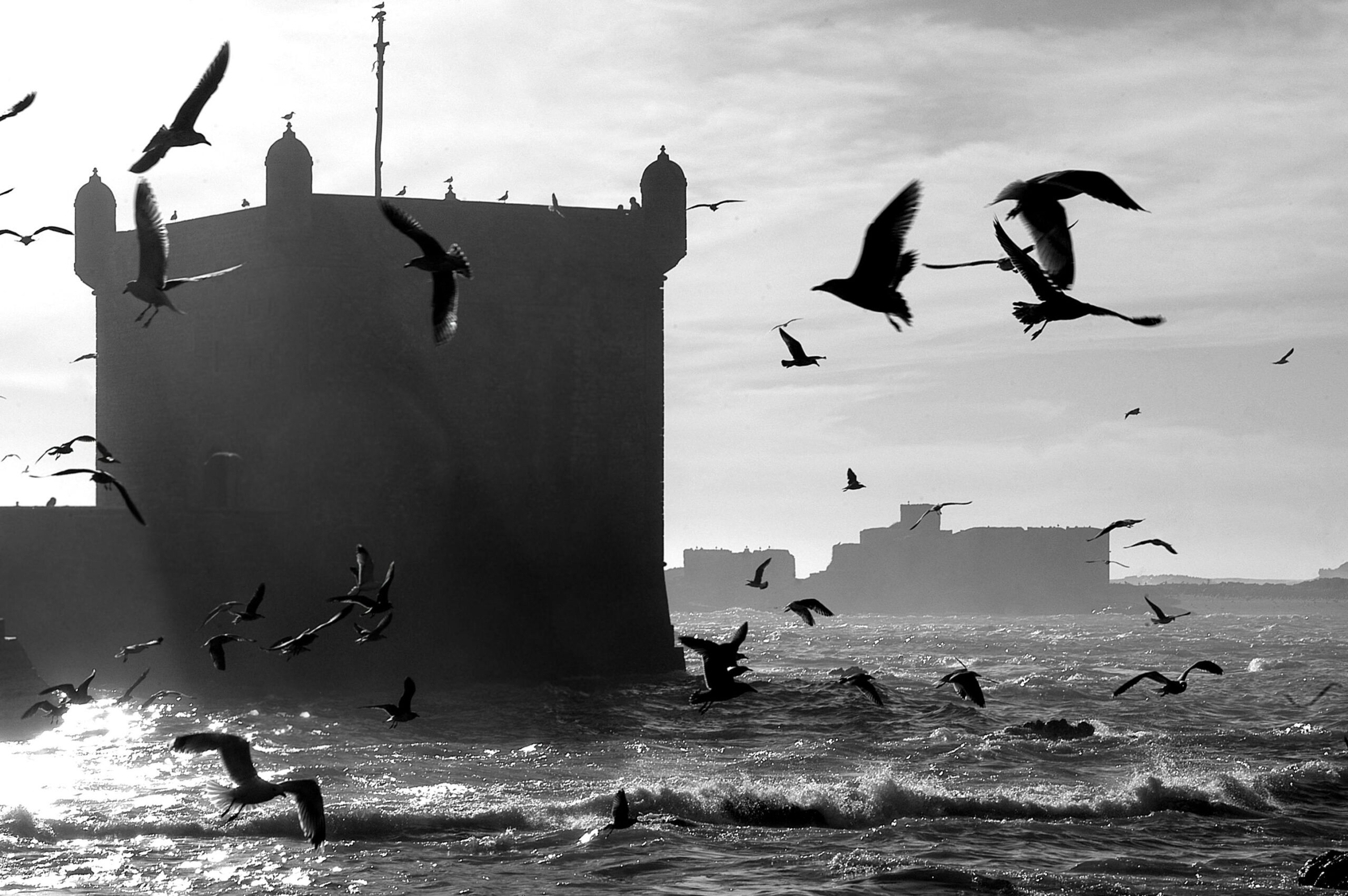The Mid-Atlantic is a part of the United States that boasts rich historical and cultural perspectives. Its food traditions are much affected by the geography surrounding this region. Mid Atlantic geography and relationship to food tradition plays an important part in the cultural and lifestyle history of this region. It also encompasses New York, New Jersey, Pennsylvania, Delaware, Maryland, and pieces of Virginia and West Virginia. In this setting, the landscapes are varied: mountains, rivers, a coast, and very fertile plains. Such variable geography informs the food traditions found in the Mid-Atlantic region.
The Mid-Atlantic geography is a perfect example of how food traditions were based on the changes in naturalistic adaptations over time. Access to the Atlantic Ocean provided fresh seafood such as crabs, oysters, and clams. Inland areas with rich soil gave the opportunity for crops like corn, wheat, and apples. This mix of coastal and inland resources contributed to shaping a culinary tradition that is diverse.
Influence of Coastal Geography
The coastal regions of the Mid Atlantic have been an immense influence on the region’s food traditions. Seafood is celebrated in states like Maryland and Delaware. Blue crabs are particularly celebrated in the Chesapeake Bay of Maryland. The crab cakes, popular in this region, contain fresh crab meat and several spices. In addition, oysters and clams are widely seized from the bay for many recipes.
For centuries, the fishing communities along the coast have depended on the ocean, and there is a very strong connection between geography and food in the Mid Atlantic region. The availability of seafood has not only shaped traditional recipes but also influenced modern cuisine. Many restaurants in this region serve fresh seafood dishes that highlight the flavors of the Atlantic Ocean.
Role of Agriculture
Fertile soils and moderate climatic conditions facilitate farming in inland regions of the Mid Atlantic region. Agriculture-related produce is much related to food culture of the Mid Atlantic region. Generations of people have farmed corn, wheat, and barley in the region. Such crops include bread, beer, and staple foodstuffs.
The farming traditions of the Amish and Mennonite communities are well known throughout Pennsylvania. They are known for their high-quality dairy products, fruits, and vegetables. Farmers’ markets offering fresh produce in the region reflect the strong connection between the geography and relationship to food in the Mid-Atlantic region.
Influence of Immigrant Communities
Immigration has surfaced the Mid Atlantic region as the melting pot of cultures. The area’s food traditions thus reflect this diversity, with Italian, German, Irish, and African cuisines. Its ports and cities made it a haven for immigrants who brought their cooking traditions along.
Italians brought pizza and pasta dishes; German immigrants brought the sausages and pretzels; the African Americans their soul food; and so on and so forth, with all influences combined with those local food traditions of the mid-atlantic region that presents the Mid-Atlantic region’s food culture.
Seasonal Foods and Festivals
Seasonal changes have also shaped Mid-Atlantic food culture. Since various fruits and vegetables are harvested in different months, seasonal dishes are prepared, and people come together to celebrate festivals. For example, apple picking during fall is a popular activity across several states, including New York and Pennsylvania, where apples are used to make pies and ciders among other treats.
In spring and summer, fresh berries and vegetables are also in season. Many local farmers sell their products at roadside stands or farmers’ markets. A strong connection between geography and relationship to food in the mid atlantic region is celebrated with seasonal food festivals in the Mid Atlantic. For example, Maryland has crab festivals and Pennsylvania has apple festivals that draw in tourists from far and wide.
Current Trends in The Mid Atlantic Geography And Relationship To Food
While tradition dominates, it does not seem to be the most prevailing force behind food modernity in Mid Atlantic; that is farm-to-table restaurants drawing their inspiration for ingredients directly from local farms, which shows concern for geography as well as relating to the land in this food culture of the Mid Atlantic region. Another modern trend is sustainability. Many communities work to preserve natural resources such as the Chesapeake Bay. Sustainable fishing guarantees that seafood will continue to be available into the future. Likewise, farmers are farming crops using environmentally friendly techniques.
Conclusion
The Mid Atlantic geography and relationship to food show how the natural environment and human culture are interlinked. From the coastal seafood dishes to the agricultural traditions of inland areas, the region’s diverse landscapes have shaped its food culture. The geography and relationship to food in the mid atlantic region are a blend of local ingredients, immigrant influences, and modern trends. Understanding the geography and relationship to food in the Mid-Atlantic provides a better insight into its history, culture, and way of life. Whether taking a crab cake by the Chesapeake Bay or visiting a Pennsylvania farmers’ market, the bond between the earth and the food plays a huge part in this region’s identity.



2 thoughts on “Mid Atlantic Geography and Relationship to Food-A Comprehensive Guide”